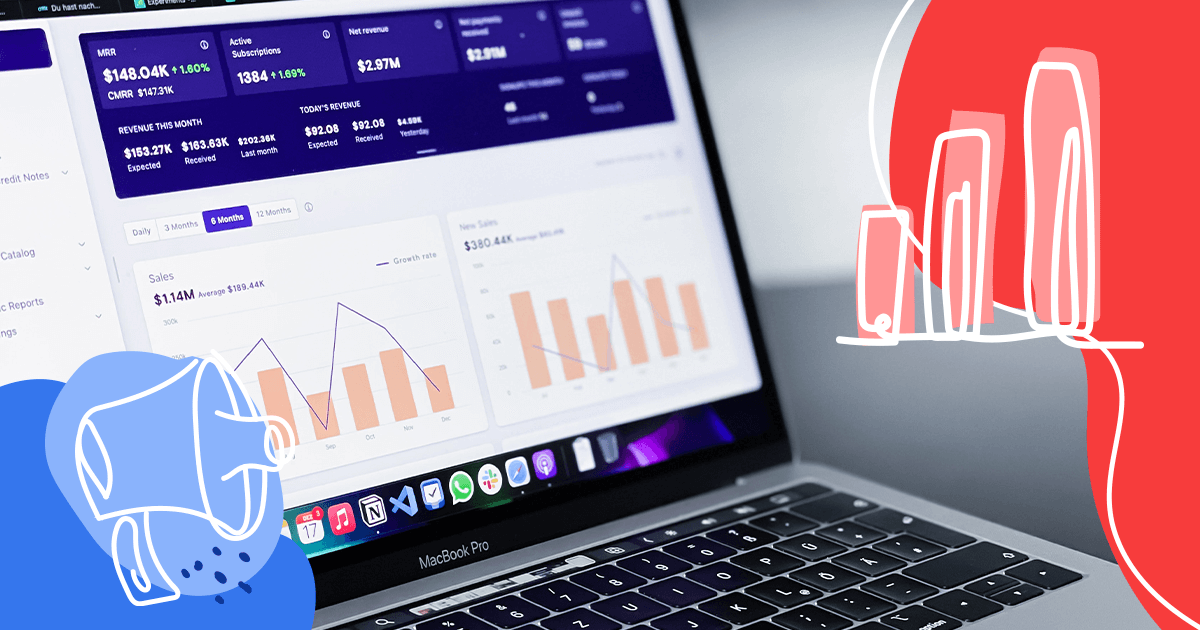If you’ve never seen the term before, you probably have no idea what an hreflang tag is. However, this tag is very important for SEO, especially if your site has multiple language options.
You have to be sure that your hreflang tags are correct to be positive that search engines will find the right version of your website in the language a user wants. Invalid hreflang tags could end up hurting SEO, which is why you need to understand them before implementation.
We’ve put together a helpful guide to teach you more about hreflang tags, so you can use them on your site and improve your SEO. Keep reading to find out more.
What are hreflang tags?
Hreflang tags are simply attributes that tell Google (or any search engine) what language a page of your website is in. The search engine can then send that page to users performing searches in that language.
So, for example, if you enter a Spanish search term, you may want Spanish websites to come back to you. If you were to be writing in Chinese, you’d want Chinese results. Hreflang tags help you get them.
How do hreflang tags work?
At the core, hreflang tags are a type of HTML used for a specific geography and language targeting. To do this, you can use the hreflang tag to provide the search engine with the correct version of your website for the user.
To use an hreflang tag, you need to:
- Determine if you need hreflang annotations on your website
- Decide which users may want to use your website and the languages that they speak
- Set aside one version of your website for users of one specific country (or, if multiple countries can use the same language, all countries that do)
- Update your website’s header.php file to add hreflang tags
Why does hreflang matter for SEO?
Hreflang tags matter because they get your content out in front of the people who speak your language or who are your target audience geographically.
When you’re setting up the hreflang tag, you will want to place it in your on-page markup. You can also place it in the sitemap or HTTP header. Only place the hreflang tag in one of these places to avoid issues.
The way the attribute will look will vary depending on the language or target area. For your website, you may want to aim at the United States and Mexico, for example, so the hreflang tag could look like:
<link rel=”alternate” href'”http://example.com” hreflang=”en-us” /> or <link rel=”alternate” href'”http://example.com” hreflang=”es-mx” />
The exact entry that follows hreflang= should be matched with the ISO 639-1 code that gives you the country or language that you want to target. Be cautious not to use the wrong abbreviation, as this could hurt your SEO.
Does an hreflang increase your website’s traffic?
It can, but it may not. The real goal of using this kind of tag isn’t to increase traffic but instead to change the kind of traffic your website is receiving.
You want to be sure that the users looking for your website are taken to the right one. Have you ever searched for a company’s website and ended up on a page in the wrong language? That’s an error because of a missing or incorrect hreflang tag that resulted in a lower-quality search result.
You can prevent that from happening to the people who are looking for your business. Geotargeting in this way can help you get your content exactly where it needs to be and have it be in front of users who speak that language or live in that exact region.
What does a hreflang tag look like?
Hreflang tags break down into parts that specify who you’re trying to target. For example, if you want to have your content seen by people in Spain, the tag may say, “hreflang=”es-es”. For Mexico, it would instead say “hreflang=”es-mx”. Each part breaks down the language and region, so search engines know which users should be seeing your content.
You’ve probably already seen major brands doing these tags in the past. Look at the domain name up in the search bar. It might be something like, “www.mywebsite.co.uk” or “www.mywebsite.co.mx.” These would be targeted toward the United Kingdom or Mexico, respectively.
Keep in mind that hreflang tags aren’t used by all search engines. While Google and Yandex do use them, Bing doesn’t. Instead, Bing uses language meta tags to identify which country’s users should have access to a particular search result.
When should you use hreflang tags?
The simplest answer to this question is that you should use hreflang tags any time you have content created for a specific audience.
For example, if you are selling foreign food that you want to aim at Mexican or Mexican-American people, you might want to use an hreflang tag to indicate that your page can be viewed in Spanish and should target Mexico and America.
Any time you have multiple versions of your website in different languages, the hreflang tag helps it get found, and distributed, by the search engine property.
Helpful Hreflang Generator Tools
There are many different hreflang generator tools that can help you be sure that you use the right tags. Some of the tools that we suggest trying to include the following five.
Geo Targetly

Geo Targetly makes it simple to generate an hreflang tag, so you don’t have the risk of making a mistake in the code. To start with, you will need to enter the default URL along with the country and language variations you want to have an hreflang tag for.
One nice thing about this generator is that it is free. All you need to do is enter your preferences and click on “update hreflang tags” to get the exact code that you should place into your website’s HTML header.
Scott Shorter Blog Hreflang Generator Tool
The Scott Shorter blog has an excellent generator tool that is also simple to use. Add your domain or URL, select the language and region, and then see the exact code to put into your header pop up below the red input box.
Add as many domains or URLs as you want with no cost.
Relgrowth

Relgrowth has a free hreflang generator that you can keep on hand for your website. Make a copy by clicking on the green button, and you can keep your tags in your Google Drive permanently.
This tool is a Google Spreadsheet. All you need to do is input your information, and the tags are generated automatically.
ETTVI

ETTVI has an easy-to-use hreflang tag generator that you may want to try. Much like the others listed here, it is free to use and can be used for as many URLs as you’d like.
Add your URL, select a language, add your preferred region (if you want), and click on “generate” to get the tags for your site.
SISTRIX

SISTRIX provides an easy-to-use hreflang generator on its website as well. To generate the hreflang tag for your site, click into the “Domain/URL” box and add yours. There is a drop-down menu to select a language and region, too.
If you want to generate code for more than one version of your website, click on the big, green button that says, “Add Domain or URL.” You can generate multiple URLs’ code this way.
Bonus: Use an Hreflang Checker to Monitor Your Site
Cmlabs

Cmlabs has something a little different that you might want to check out. They have an hreflang generator that can help you get the code you need to make your site more visible.
The great thing about this tool is that the company has added a simple, “Learn how to use this tool” link, so you can clear up any confusion while using it and get the results that you want.
To start, click on the blue box. Add your URL, and click Check URL. If you have no hreflang tag on your site, the results will tell you immediately. This is a great way to double-check that you don’t already have one in place.
Wrap Up
Hreflang tags don’t take long to generate, and they can make a big difference in your website’s traffic. You can target your audience more specifically by putting them in place, increasing the likelihood of reaching your target market and selling more goods or services to the people you want to reach.
Now that you know why hreflang tags are so important, are you ready to figure out what affects your local SEO rankings? Improve your SEO by reading, “Boost Your Local SEO Ranking Factors for Business Success” to find out more.
2024 State of Marketing Report
Your golden ticket to crush your goals with data-driven insights!
2024 State of Marketing Report
Your golden ticket to crush your goals with data-driven insights!


![[Rock NA] State of Marketing Reports 2024 – Comkt Hubspot State of Marketing Report 2024](https://rockcontent.com/wp-content/uploads/2022/07/Banner-Fino-Rock-Convert-2500-%C3%97-500-px-19.png)







